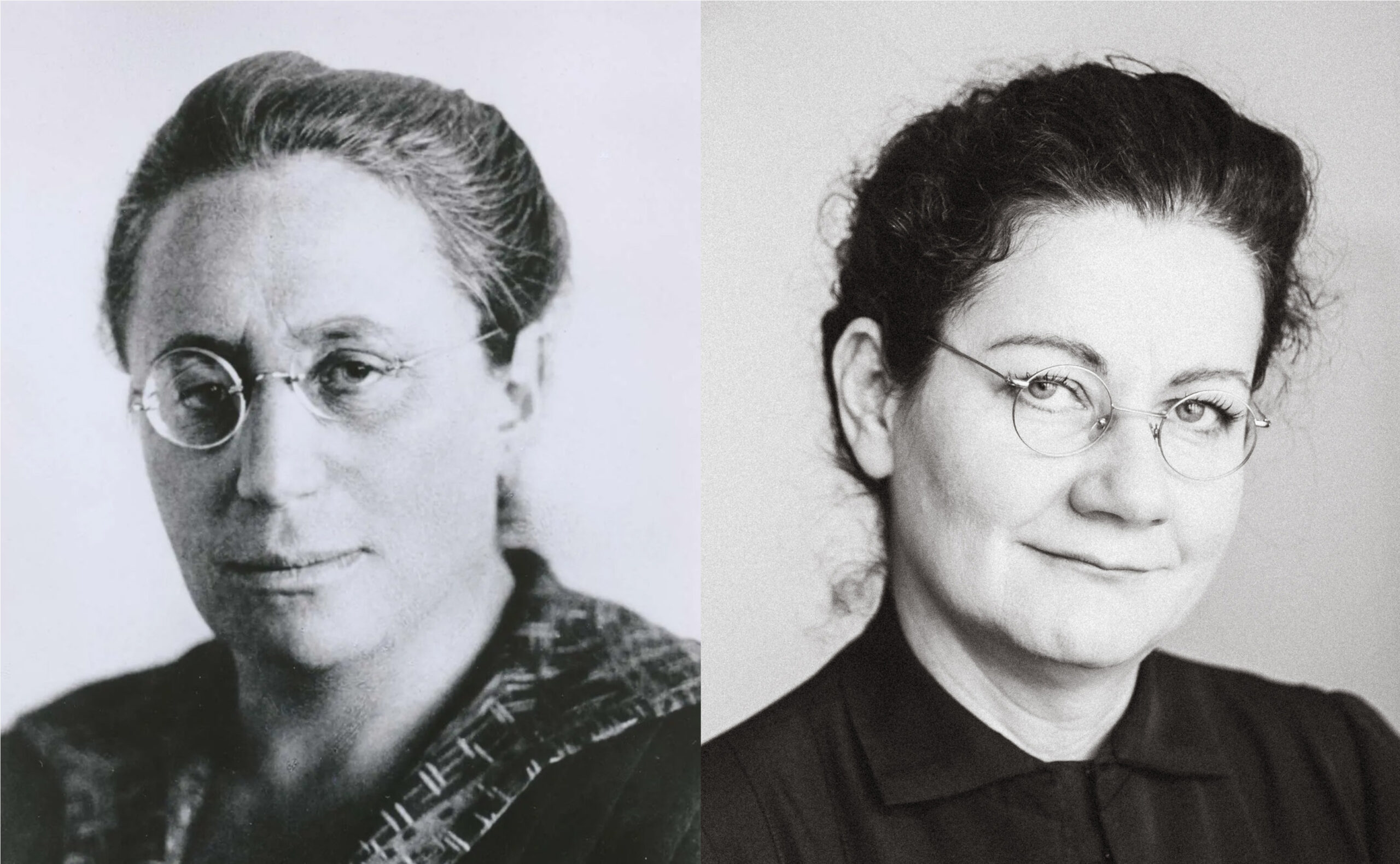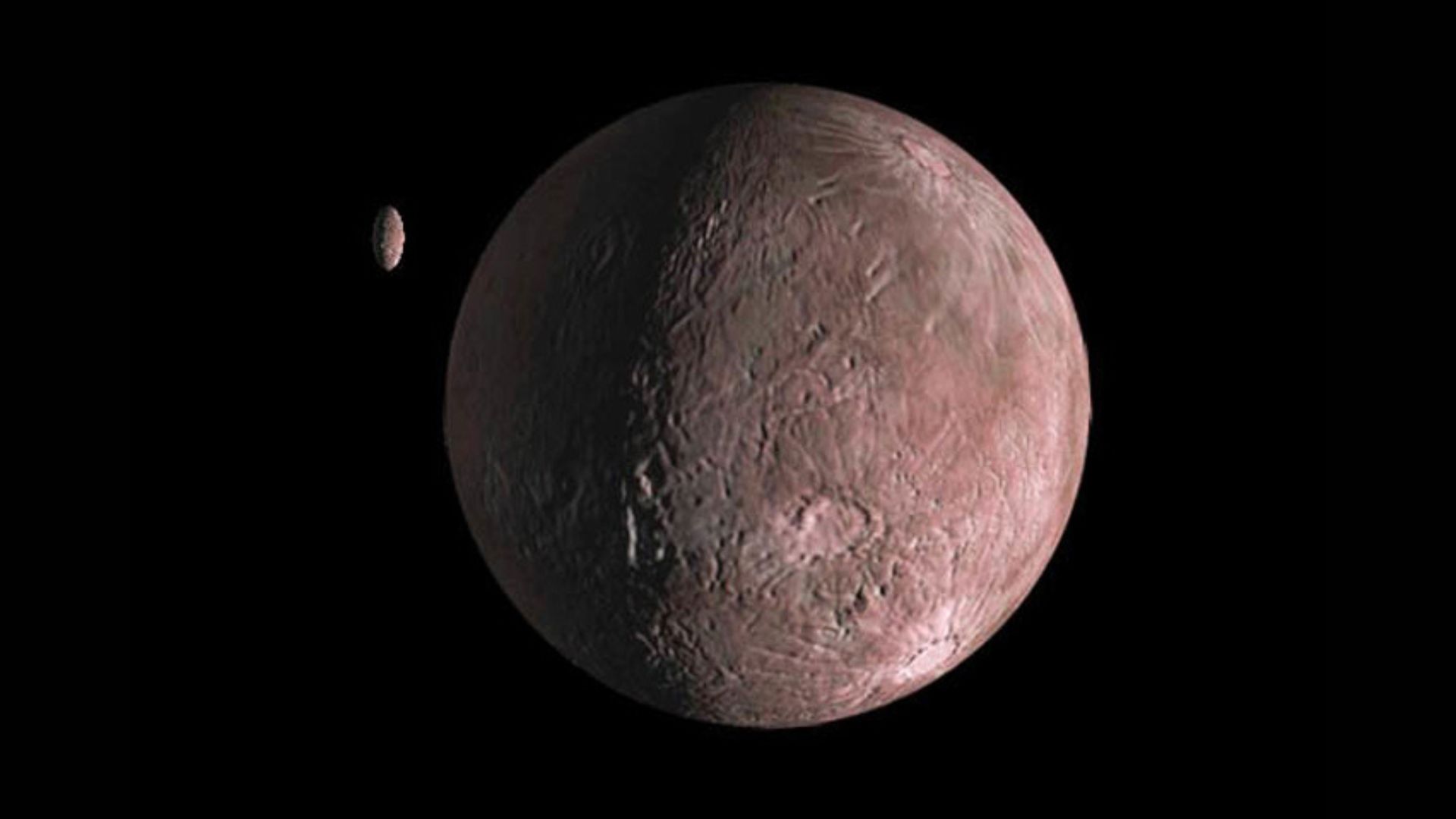Galileo Galilei, a pivotal figure in the Scientific Revolution, is often hailed as the “father of modern science.” Living from 1564 to 1642, Galileo’s work transformed our understanding of the natural world, the cosmos, and the practice of scientific inquiry. His contributions spanned physics, astronomy, mathematics, and engineering, yet these advancements also led to intense conflicts with established authorities, culminating in his persecution by the Roman Catholic Church. To understand both his discoveries and the reasons behind his tribulations, it is essential to delve into the context, significance, and challenging implications of his work.
Breakthrough Findings in Astronomy and Physics
Galileo’s most celebrated accomplishments center around astronomy and the scientific method. A primary area of impact was his improvement and use of the telescope, a recent Dutch invention. In 1609, he crafted one of the most powerful telescopes of his era, reaching magnifications around 20×. This tool enabled him to observe the heavens with unprecedented clarity, leading to a cascade of discoveries:
1. The Moons of JupiterIn January 1610, Galileo identified four objects orbiting Jupiter—Io, Europa, Ganymede, and Callisto—now known as the Galilean moons. Observing these satellites provided concrete evidence that not every celestial body orbits the Earth. This directly challenged the geocentric models dominant in Europe, particularly the long-standing Ptolemaic system, which placed the Earth at the universe’s center.
2. Phases of VenusGalileo observed that Venus undergoes a full set of phases similar to the Moon. The Ptolemaic model could not account for these phases. Instead, they corroborated the heliocentric model proposed by Nicolaus Copernicus, which posited that planets, including Earth, orbit the Sun.
3. Surface of the Moon and SunspotsRather than smooth and perfect as Aristotle and scholastic traditions asserted, Galileo saw that the Moon was marked by mountains and craters. He also documented sunspots—dark regions on the Sun’s surface that changed over time. Both findings undermined the prevailing notion of celestial perfection and immutability.
4. Innumerable Stars within the Milky Way Galileo, using his telescope, observed that the Milky Way consisted of thousands of stars, significantly expanding the perceived size and intricacy of the universe.
5. Law of Falling Bodies and Projectile MotionIn physics, Galileo challenged the concepts of Aristotle by performing experiments (supposedly at the Leaning Tower of Pisa) demonstrating that objects descend at the same speed irrespective of their mass, ignoring air resistance. He additionally explained the principle of inertia and improved the comprehension of projectile motion, paving the way for Newtonian physics.
The Disruptive Impact of Galileo’s Findings
Galileo’s findings did more than just question scholarly concepts; they disrupted a perspective that was firmly rooted in religious, philosophical, and cultural establishments. The Ptolemaic (Earth-centered) model was not merely a scientific structure—it was intertwined with theological beliefs and medieval scholastic thought, heavily influenced by Aristotle.
His insights, shared through widely-read publications like Siderius Nuncius (“Starry Messenger”) and Dialogue Concerning the Two Chief World Systems, stirred interest but also provoked debate. If endorsed, the heliocentric theory suggested that Earth was not at the center of the universe—a concept that contradicted biblical interpretations and traditional views on humanity’s role in creation.
Reasons for Galileo’s Persecution
Several interwoven factors led to Galileo’s persecution by the Roman Catholic Church:
1. Conflict with Scripture-Based CosmologyChurch officials maintained that the Bible explicitly supported a stationary Earth at the universe’s center. Galileo’s support of heliocentrism appeared to contradict passages like Joshua 10:13 (“the sun stood still”), raising accusations of heresy. Critics within the Church argued that scientific outcomes could not override scriptural truths.
2. The Climate of the Counter-ReformationThe start of the seventeenth century was characterized by the prominence of the Counter-Reformation, during which the Roman Catholic Church was particularly cautious in maintaining doctrinal consistency against Protestant opposition. The theories of Copernicus, along with Galileo’s promotion of them, were seen as possible dangers to ecclesiastical dominance and societal stability.
3. Personal and Institutional ConflictsGalileo was an articulate and at times confrontational debater, often embarrassing his academic and religious adversaries in public debates. His book Dialogue Concerning the Two Chief World Systems (1632) depicted advocates of geocentrism as naive, assigning even the easiest arguments to a character similar to Pope Urban VIII. This insult angered influential individuals who might have defended him otherwise.
4. Official Denunciation and WithdrawalIn 1616, the Church officially deemed heliocentrism “formally heretical.” Despite Galileo’s initial assurance to avoid promoting Copernican theories, he proceeded with his investigations and published writings that indirectly endorsed them. The Inquisition called him in 1633, and faced with the possibility of torture, Galileo withdrew his viewpoints and was placed under house arrest permanently. His publications were prohibited, hindering scientific discourse throughout Europe.
Galileo’s experience became a landmark in the struggle between science and religious authority. His condemnation effectively silenced open discussion of heliocentrism in Catholic Europe for a century. Despite this, his methods—emphasizing direct observation, experimentation, and logical analysis—spread widely. Later scientists like Isaac Newton drew extensively on Galileo’s work.
Heritage for contemporary science
Centuries later, the Church revisited the Galileo affair. In 1758, the ban on heliocentric works was lifted. Notable is the 1992 formal acknowledgment by Pope John Paul II that the Church had erred in its handling of Galileo’s case.
Galileo Galilei’s findings extended beyond the realm of knowledge expansion; they shed light on the significant issues involved in challenging long-standing frameworks. His oppression symbolizes not only a historic conflict between science and church doctrines but also the intricate dilemmas that emerge when groundbreaking concepts challenge established power and perspectives. The resonance of his trials can be followed through contemporary discussions surrounding scientific reasoning and the liberty of research, emphasizing the subtle interaction between innovation, society, and authority.





